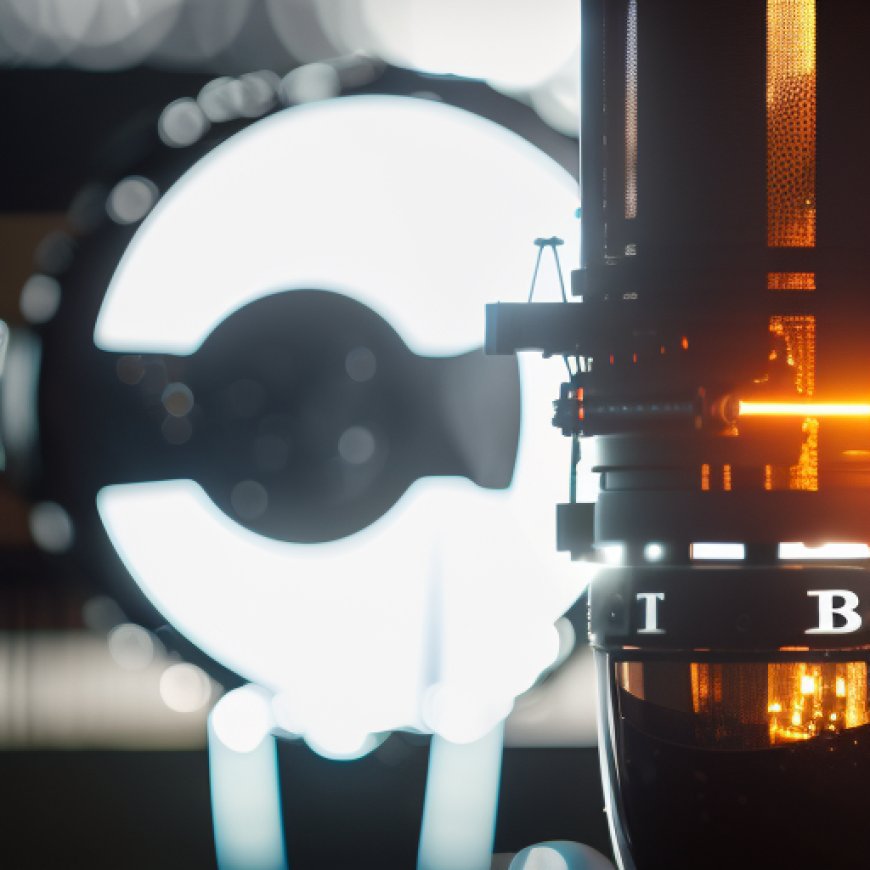NETL-supported carbon capture tech is ready for testing
NETL-supported carbon capture tech is ready for testing Power Engineering®️


NETL-supported carbon capture tech is ready for testing

The Department of Energy’s (DOE) National Energy Technology Laboratory (NETL) said it will soon ship a “lower-cost” point-source carbon-capture technology to the U.S. National Carbon Capture Center (NCCC) in Alabama for testing for use in large natural gas combined-cycle (NGCC) plants.
The technology, developed by CORMETECH Inc., is designed to capture at least 95% of carbon dioxide (CO2) from the flue gas of NGCC power plants. CORMETECH received funding from DOE-NETL to develop the technology in a project titled Bench Scale Test of a Polyethyleneimine Monolith Carbon Capture Process for Natural Gas Combined Cycle Point Sources.
This specific technology approach uses a monolithic amine contactor to capture CO2 from natural gas combined-cycle point sources. The monolith is a honeycomb structure with tiny flow channels for flue gas to pass through. The CO2 within the flue gas adsorbs to the amine (polyethyleneimine) that is contained within the monolith’s internal porous structure. The CO2 is later desorbed using steam for subsequent storage or use. The process is like Global Thermostat’s leading direct air capture process but incorporates modifications that enable its application at NGCC plants, NETL said.
Sustainable Development Goals (SDGs)
- Goal 7: Affordable and Clean Energy
- Goal 9: Industry, Innovation, and Infrastructure
- Goal 13: Climate Action
CORMETECH Project and Federal Funding
- The CORMETECH project was among 12 projects awarded a total of $45 million in federal funding to advance point-source carbon capture and storage technologies that can capture at least 95% of CO2 emissions generated from natural gas power and industrial facilities.
Of the 491 GW of natural gas-fired electric-generating capacity in the country, more than half are combined-cycle systems that include both steam turbines and combustion turbines, according to the U.S. Energy Information Administration.
SDGs, Targets, and Indicators Analysis
1. Which SDGs are addressed or connected to the issues highlighted in the article?
- SDG 7: Affordable and Clean Energy
- SDG 9: Industry, Innovation, and Infrastructure
- SDG 13: Climate Action
The article discusses the development and testing of a lower-cost carbon capture technology for use in natural gas combined-cycle power plants. This technology aligns with SDG 7, which aims to ensure access to affordable, reliable, sustainable, and modern energy for all. It also relates to SDG 9, which focuses on promoting inclusive and sustainable industrialization and fostering innovation. Additionally, the article addresses SDG 13, as carbon capture technologies contribute to mitigating climate change by reducing CO2 emissions.
2. What specific targets under those SDGs can be identified based on the article’s content?
- SDG 7.2: Increase the share of renewable energy in the global energy mix
- SDG 9.4: Upgrade infrastructure and retrofit industries to make them sustainable
- SDG 13.2: Integrate climate change measures into national policies, strategies, and planning
The article highlights the development of a carbon capture technology that can be applied to natural gas combined-cycle power plants. By capturing CO2 emissions from these plants, it contributes to increasing the share of renewable energy in the global energy mix (SDG 7.2). The technology also represents an upgrade to existing infrastructure in the power sector, making it more sustainable (SDG 9.4). Furthermore, the adoption of carbon capture technologies aligns with the integration of climate change measures into national policies and strategies (SDG 13.2).
3. Are there any indicators mentioned or implied in the article that can be used to measure progress towards the identified targets?
- Percentage of CO2 emissions captured from natural gas combined-cycle power plants
- Number of natural gas combined-cycle power plants retrofitted with carbon capture technology
- Investment in research and development of carbon capture technologies for power plants
The article mentions that the developed carbon capture technology is designed to capture at least 95% of carbon dioxide (CO2) emissions from natural gas combined-cycle power plants. This percentage can serve as an indicator to measure the progress in capturing CO2 emissions from these plants. Additionally, the number of natural gas combined-cycle power plants retrofitted with carbon capture technology can indicate the adoption and implementation of sustainable infrastructure upgrades. Lastly, the investment in research and development, as highlighted by the funding received by CORMETECH Inc., reflects the commitment to advancing carbon capture technologies for power plants.
4. Table: SDGs, Targets, and Indicators
| SDGs | Targets | Indicators |
|---|---|---|
| SDG 7: Affordable and Clean Energy | Increase the share of renewable energy in the global energy mix (Target 7.2) | Percentage of CO2 emissions captured from natural gas combined-cycle power plants |
| SDG 9: Industry, Innovation, and Infrastructure | Upgrade infrastructure and retrofit industries to make them sustainable (Target 9.4) | Number of natural gas combined-cycle power plants retrofitted with carbon capture technology |
| SDG 13: Climate Action | Integrate climate change measures into national policies, strategies, and planning (Target 13.2) | Investment in research and development of carbon capture technologies for power plants |
Behold! This splendid article springs forth from the wellspring of knowledge, shaped by a wondrous proprietary AI technology that delved into a vast ocean of data, illuminating the path towards the Sustainable Development Goals. Remember that all rights are reserved by SDG Investors LLC, empowering us to champion progress together.
Source: power-eng.com

Join us, as fellow seekers of change, on a transformative journey at https://sdgtalks.ai/welcome, where you can become a member and actively contribute to shaping a brighter future.








